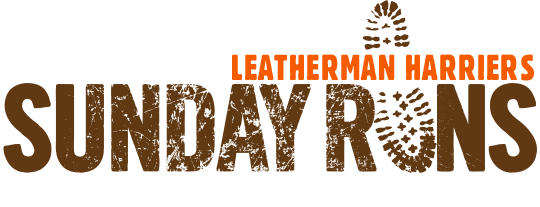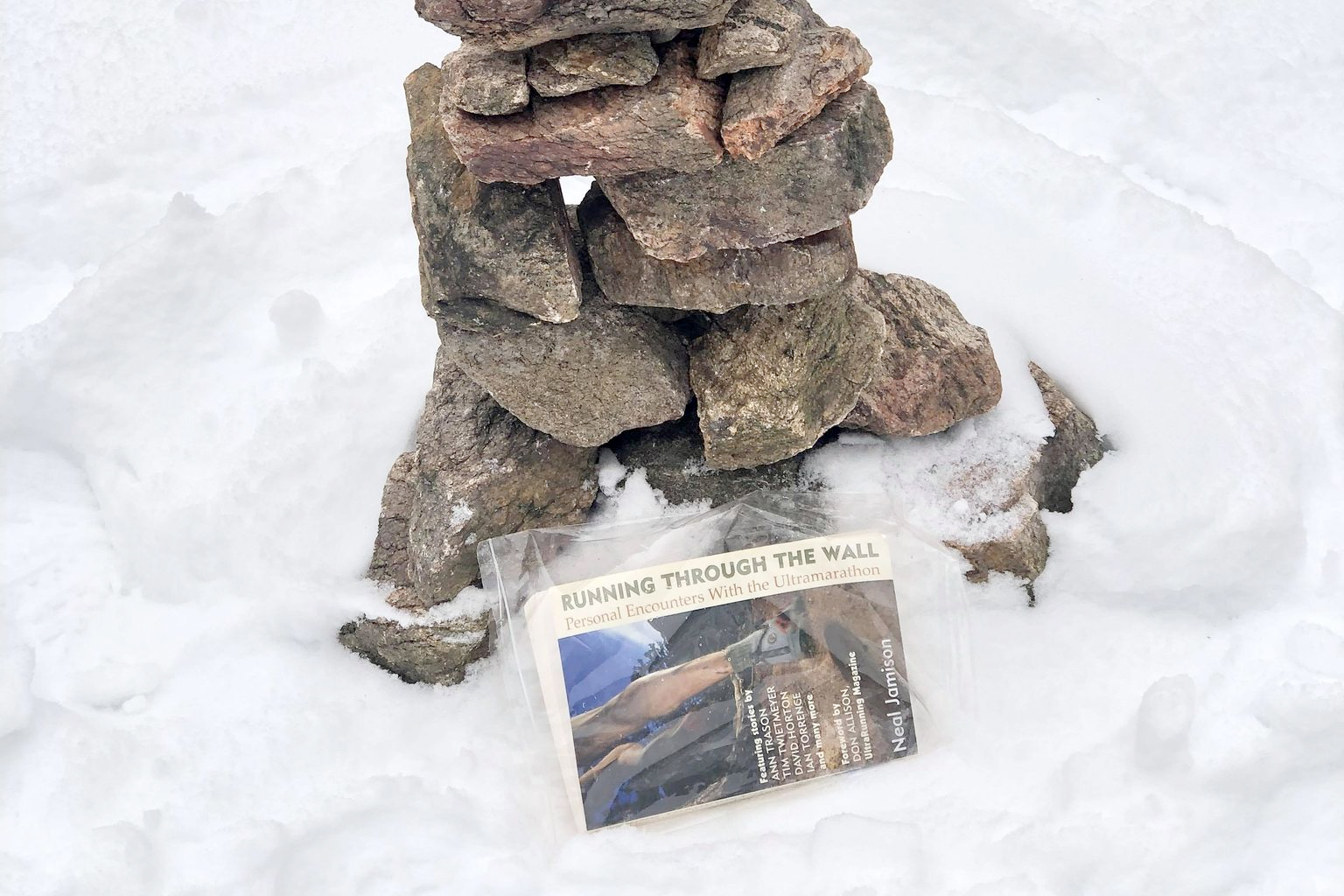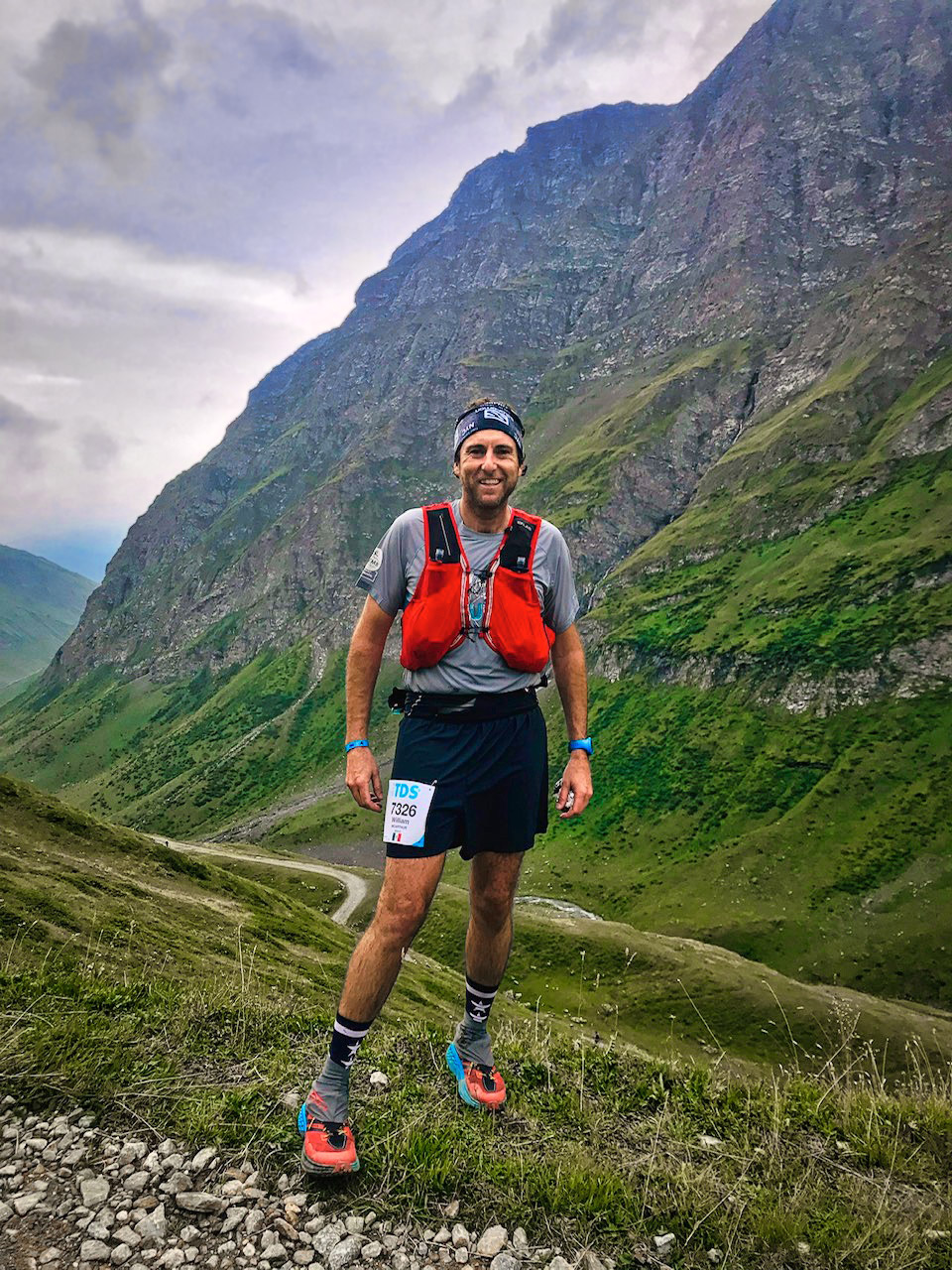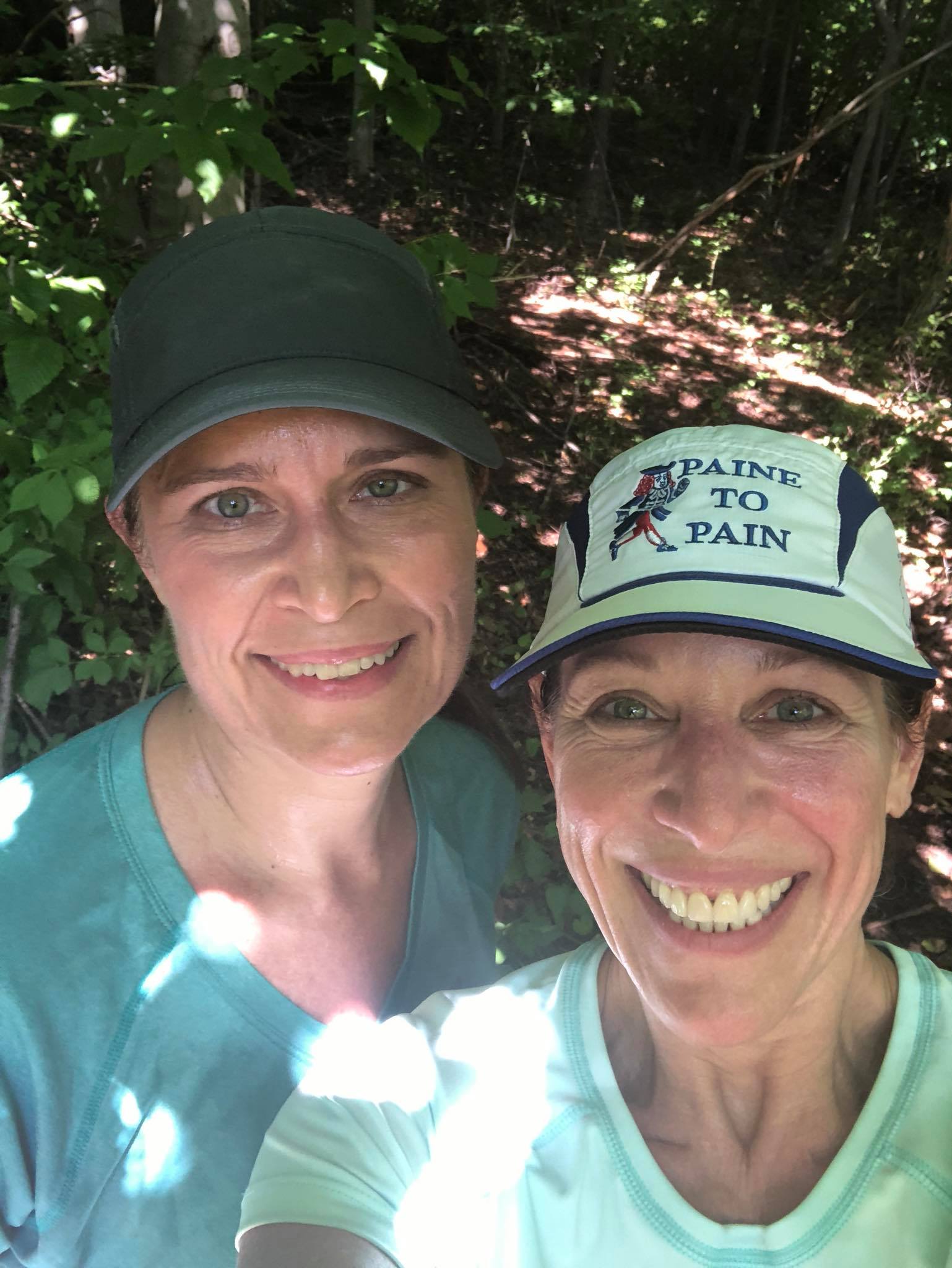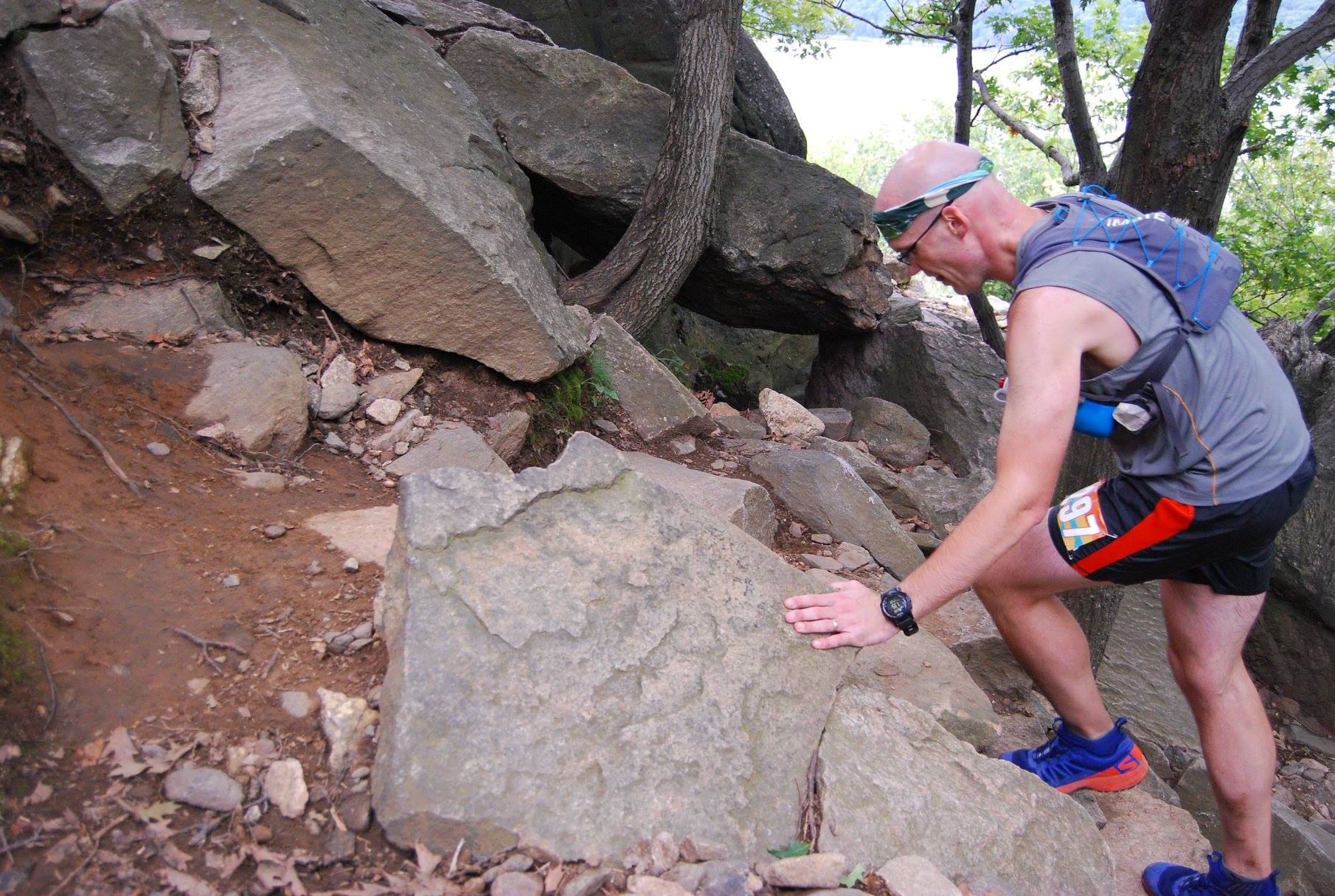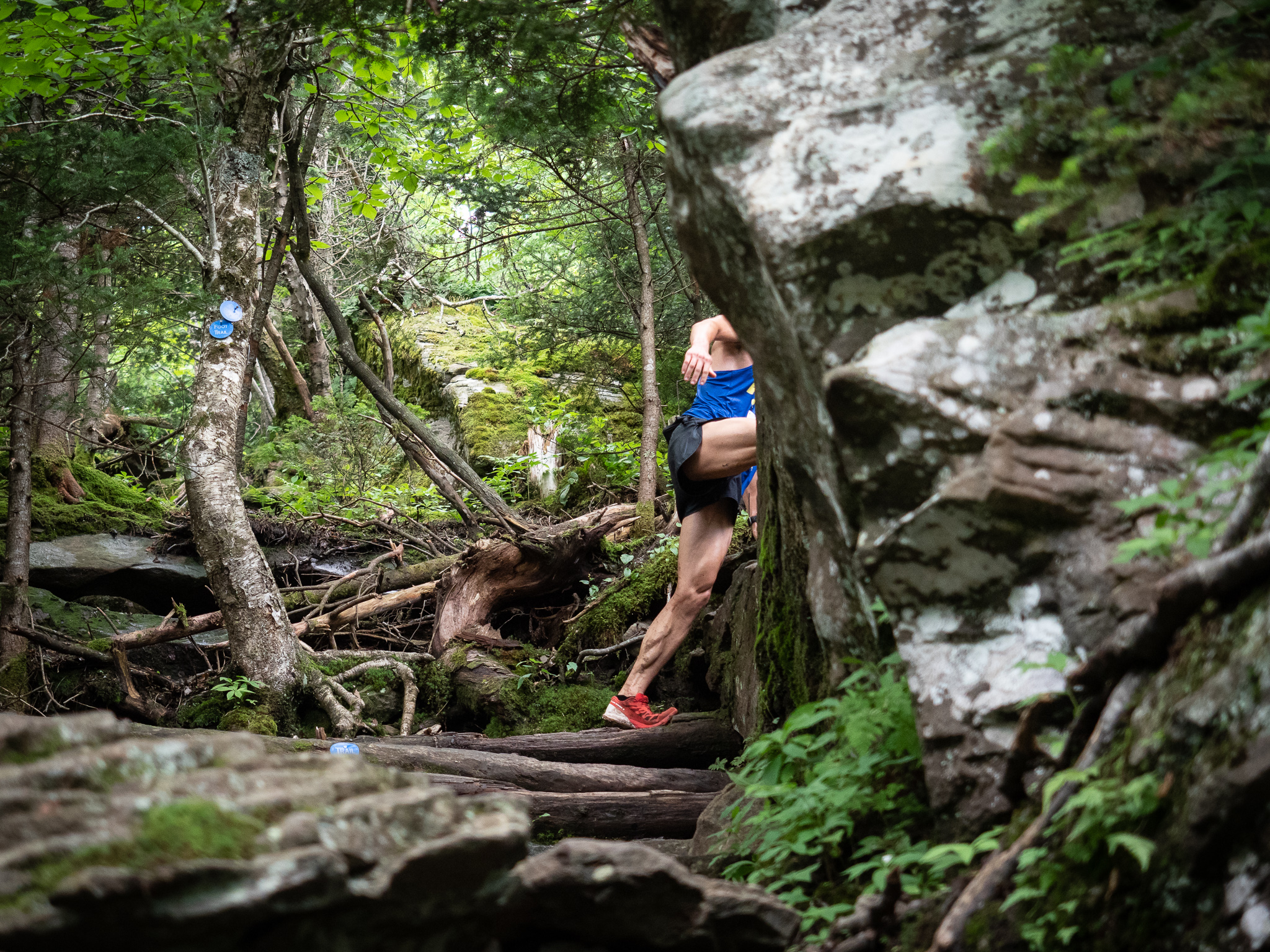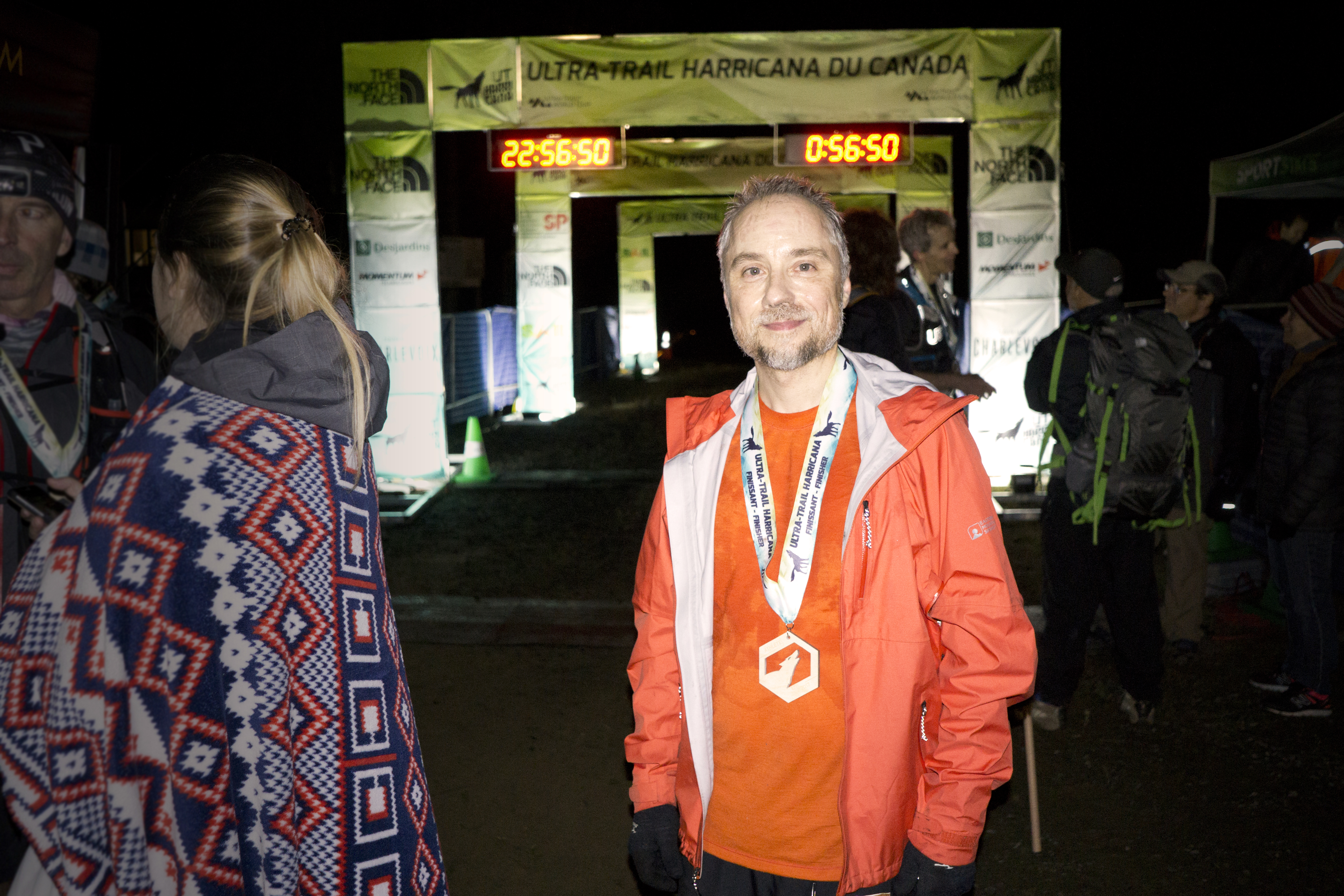Pine Creek 100, 2021
While I could paint a picture in story and song of the conquering hero returning from battle on a far-away blood-soaked field, the truth is far less heroic.
I finished, got my buckle, had the experience of a lifetime, was surrounded by good friends, and made some new ones. For all of that, I am truly thankful.
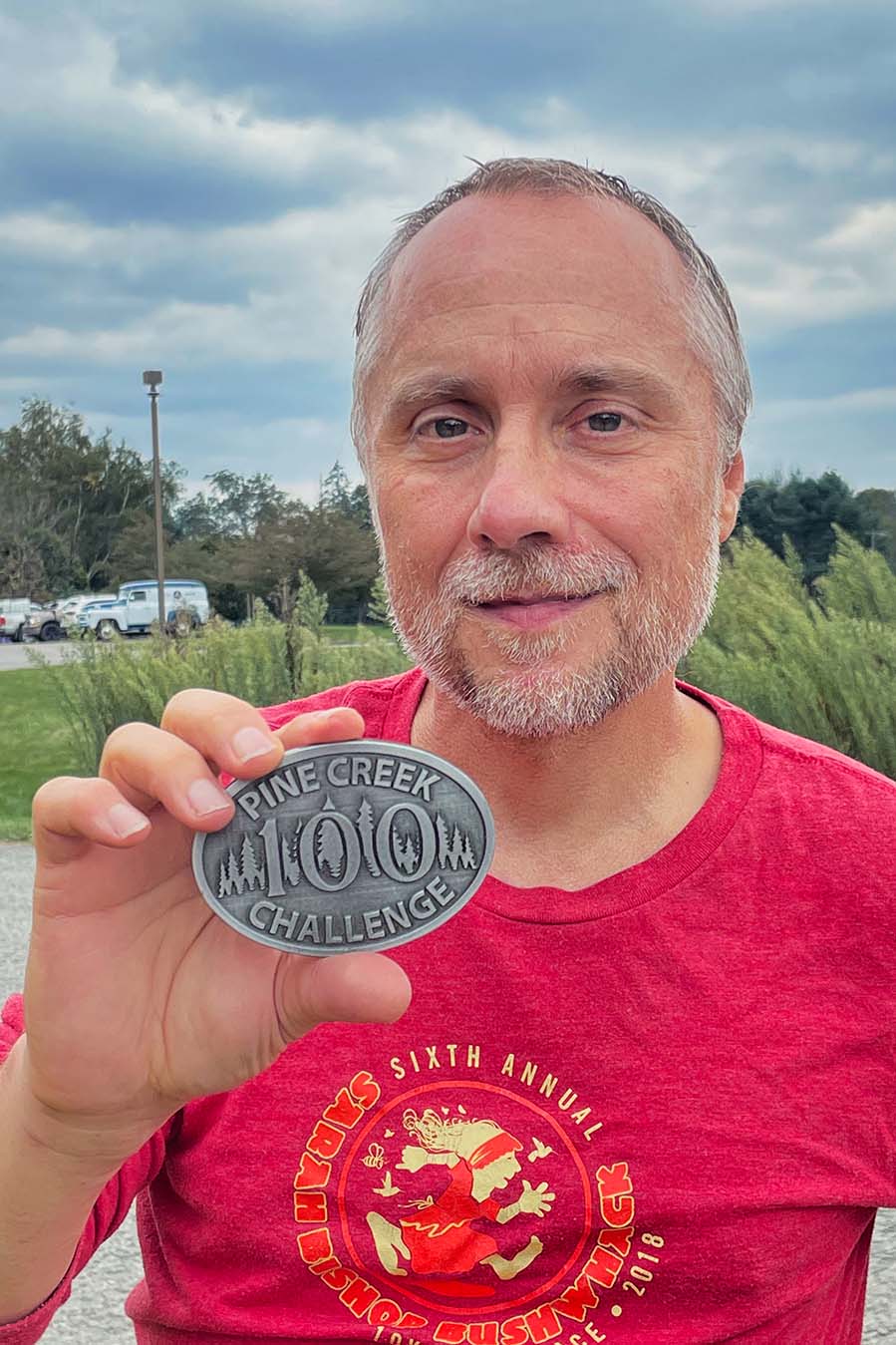 The reality is that 13 miles in, I could already feel my adductors getting very sore. They were taxed last month at Wonderland and again pacing Joe at Eastern States. After that race, I could feel that I had pushed them too far and needed to take a few days off of running to rest. I had hoped that the flat terrain of Pine Creek would have meant I wouldn’t need to strain those muscles again but the opposite was true—they are the exact muscles necessary to bring each leg forward on a flat surface. Thirteen miles in, I was still moving at 12-minute miles but wasn’t going to be able to hold that much longer. To compensate, I engaged my Achilles/soleus on each step to push my legs forward. By mile 30, I was slowing but still at a running pace, maybe 14-minute miles, but my crew was getting concerned as I was looking worse for wear.
The reality is that 13 miles in, I could already feel my adductors getting very sore. They were taxed last month at Wonderland and again pacing Joe at Eastern States. After that race, I could feel that I had pushed them too far and needed to take a few days off of running to rest. I had hoped that the flat terrain of Pine Creek would have meant I wouldn’t need to strain those muscles again but the opposite was true—they are the exact muscles necessary to bring each leg forward on a flat surface. Thirteen miles in, I was still moving at 12-minute miles but wasn’t going to be able to hold that much longer. To compensate, I engaged my Achilles/soleus on each step to push my legs forward. By mile 30, I was slowing but still at a running pace, maybe 14-minute miles, but my crew was getting concerned as I was looking worse for wear.
Between miles 30 and 47, the wheels began to fall off the wagon. I slowed more—15:00/mi, 16:00/mi, 17:00/mi—like a car that someone forgot to refuel I slowly ground down my pace. By mile 45, both Achilles were shot and my left hip flexor seized up and I dropped to a walk, somewhere between a shuffle and a limp. Just then I saw Claudia who had walked a couple of miles from the next aid station to meet me. With her torn meniscus, we were a perfect pair to crawl our way forward. Some Amish on bicycles pedaled by as did a horse-drawn covered wagon. I persisted.
At mile 47 where Peeter and Joe were waiting, I told Joe to get his HyperVolt and he relentlessly went to work on my hip, pummelling it like a bantamweight boxer taking on a grizzled opponent. Joe prevailed. After a few minutes of treatment, I could feel the hip relaxing and asked Peeter to pace me from that point—13 miles ahead of schedule. I was lucky that he was prepared and we set off, running at first, then a combination of walking and running. By mile 51 when I met up with Claudia and Joe again, I changed much of my gear as expected, found one of my toes was red and swollen from scraping the inside of my shoe, but was in good spirits and, although the relentless flatness of the trail had played havoc with my legs, I was determined to continue.
Twice during the day, I was recognized by runners that I’d previously shared trails with on our Sunday Runs and was surprised and delighted at hearing my name called out. At other times, people recognized me as the guy that had come with the professional crew and that, too, offered encouragement.
Dusk fell during the next section as we headed toward the aid station at mile 57. Swampland surrounded the trail and mosquitoes gnawed at both Peeter and me. When we arrived at the aid station, Joe and Claudia were completely bundled in clothes not to keep warm but to reduce blood loss from the relentless insects. We were doused in so much Deet at the aid station that I’m sure it took two years off my life. After a presoak, heavy-duty washing, and two rinses, Marta won’t let my running clothes in the house yet—they still reek. We continued.
Night fell, but not my spirit. Peeter and I laughed as a number of runners ran by without headlamps. There were many of them, and it was very dark with only a crescent moon above the hills on the horizon in front of us providing ambient light. We saw the eerie glow of housecat eyes at the edge of the trail and Peeter talked to it in Estonian as we passed, uncertain that the cat understood. Gunshots rang out from a shooting range at a distance on our left and I commented that I hope they weren’t culling the slower runners—gallows humor is somewhat required for a run of this sort. When we passed the starting point for the last 40-mile leg of the journey, I was decidedly at a walking pace, listing to one side, favoring my hip flexor. A few miles later, at the next crew-manned aid station, Joe jabbed me again with the HyperVolt, sending shockwaves of pain through my hip but loosening the tight muscles so that I could move. A can of ice coffee and a B vitamin gave me a huge surge of energy and I was back at a slow running pace. I had known for a while that I would not make my 24-hour goal so the pressure of maintaining a fast pace was off and even at a walking pace, I knew I’d make the 30-hour cutoff. But as the initial rush abated, I slowed again. I discovered that if I kept on the track where my left side was on the upper slope of the crown on the trail (yeah, the trail is so flat that there is a slight crown to it), it mitigated the pain in my hip so I settled in, making relentless forward progress, one step at a time. Peeter and I talked, saw a couple of small harmless snakes, and finally made it to Blackwell—the 80-mile aid station and turn-around point where he retired and Joe took on the role of pacer.
It was still dark when Joe started and I was moving no faster. I was tired and even a can of coffee at Blackwell couldn’t boost me much. Still, I was ahead of the cutoff and knew I could finish. We saw very few headlamps when we made the turn—a sure sign that I was in the back of the pack. As dawn came, though, daylight renewed my spirit and gave me some energy. I had managed my nutrition and hydration well for the past 24 hours and passed through the next aid station without stopping. We saw a bald eagle swoop down the river valley and Joe lamented he wasn’t fast enough with his camera. Fortunately, I was a much slower target and he serendipitously snapped a couple of pics of me en route. When I see them today, I understand the look of concern in my crew’s eyes when I approached those later aid stations. I was listing noticeably—“spinal plasticity” was the term Claudia used to kindly describe the pose. As we continued to walk, I introduced an occasional shuffling run as much as I could while trucks carrying dismantled aid stations passed us—a sign the race was drawing to a close. A race organizer passed by on a bicycle to check on stragglers and offered encouragement. I could only muster a small smile in return. 29 hours after I began running, I arrived at the starting point to learn the finish line was 100 yards uphill from there. Ugh. Who needs that?
With my friends surrounding me, we walked the final distance, through the archway, and I claimed my buckle. I could never have done this without my crew. All of the training that prepared me to run 93 miles in 3 days with 22,000 feet of gain at Wonderland in no way prepared me for the relentless onslaught of working the same muscles over and over again on this course. I had suspected that would happen but thought I could push through until much later in the race. Oh well, as we’ve learned this season, most races don’t end as expected, and this was no different. I’m done, recovering, a slight limp in my left leg still, but I’ll be fine. Taking this week off of running and will assess next week but I’ll be out on Saturday and Sunday to see my friends at the start of the runs and to maybe share a story if there’s time.
The final numbers from the run: 102.67 miles run, 15,613 calories burned, 712 feet of vertical gain, 27:16 moving time, 29:02 elapsed time, 239,700 steps, and a million smiles of satisfaction once done.
—Lee Willett, September 2021
